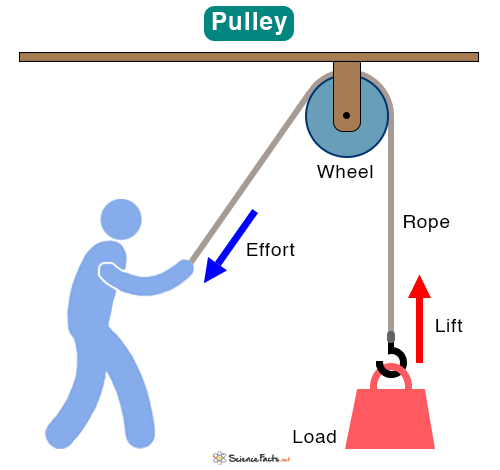Longitudinal Wave
A longitudinal wave is a type of mechanical wave where the particles of the medium move parallel to the direction the wave travels.
Imagine a slinky stretched out on a flat surface. When you push one end of the slinky forward and backward, some coils compress while others spread apart. These regions of compression (where particles are squeezed together) and expansion or rarefaction (where particles are spread apart) create a longitudinal wave that travels along the slinky.
Characteristics
1. Wavelength
The wavelength of a longitudinal wave is the distance between two successive compressions or expansions. It is the distance between the point where one compression starts and the point where the next compression begins.
2. Amplitude
Amplitude measures how tightly particles are compressed or how far apart they spread during a wave’s passage. It is a measure of how far the particles of the medium move from their resting position when the wave passes through. The greater the compression and the greater the expansion, the higher the amplitude.
3. Frequency
Frequency indicates how many compressions or expansions pass a specific point each second. It indicates how quickly the wave oscillates or vibrates and is measured in Hertz (Hz), where one Hertz equals one wave cycle per second.
Examples
1. Sound Waves
Sound waves are one of the most familiar examples of longitudinal waves. When you speak, play an instrument (e.g., guitar or saxophone), or hear a sound, you are experiencing sound waves traveling through a medium (usually air). These vibrations cause the air particles to move back and forth in a parallel direction, creating compressions and expansions.
2. Seismic P-Waves
Seismic waves are energy waves that travel through the Earth, often as a result of earthquakes. One type of seismic wave is the P-wave (Primary wave), which is a longitudinal wave. They move by compressing and expanding the Earth’s surface along the direction of wave propagation.
3. Springs
Longitudinal waves also occur in many everyday objects, from door stoppers to musical instruments. When you push or pull an object that is connected to a spring, you create vibrations that travel through the medium in a longitudinal wave pattern.
4. Ultrasound
Ultrasound waves are a type of longitudinal wave that travels through human tissues. These waves are used to capture images of the inside of the body, such as viewing organs, muscles, or even a developing baby in the womb.
-
References
Article was last reviewed on Tuesday, December 10, 2024








